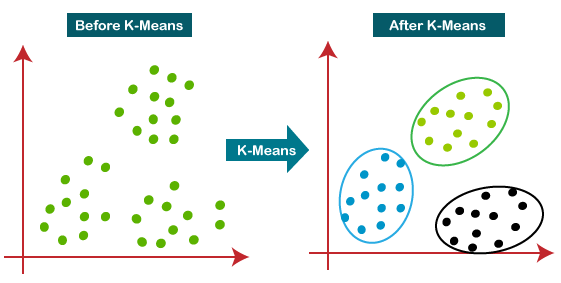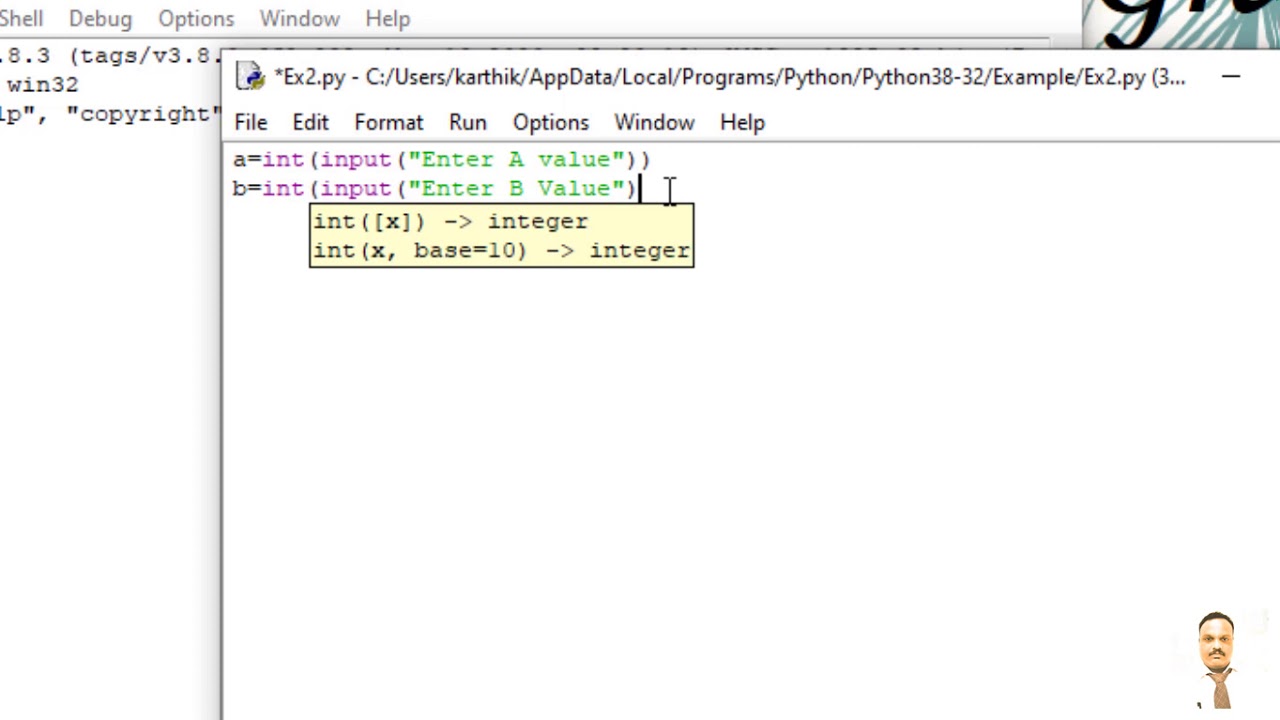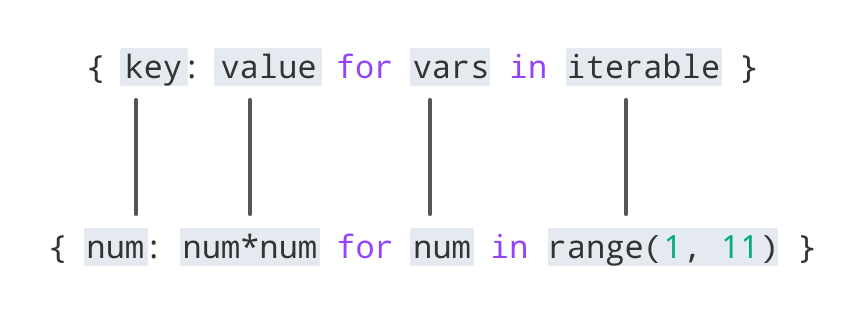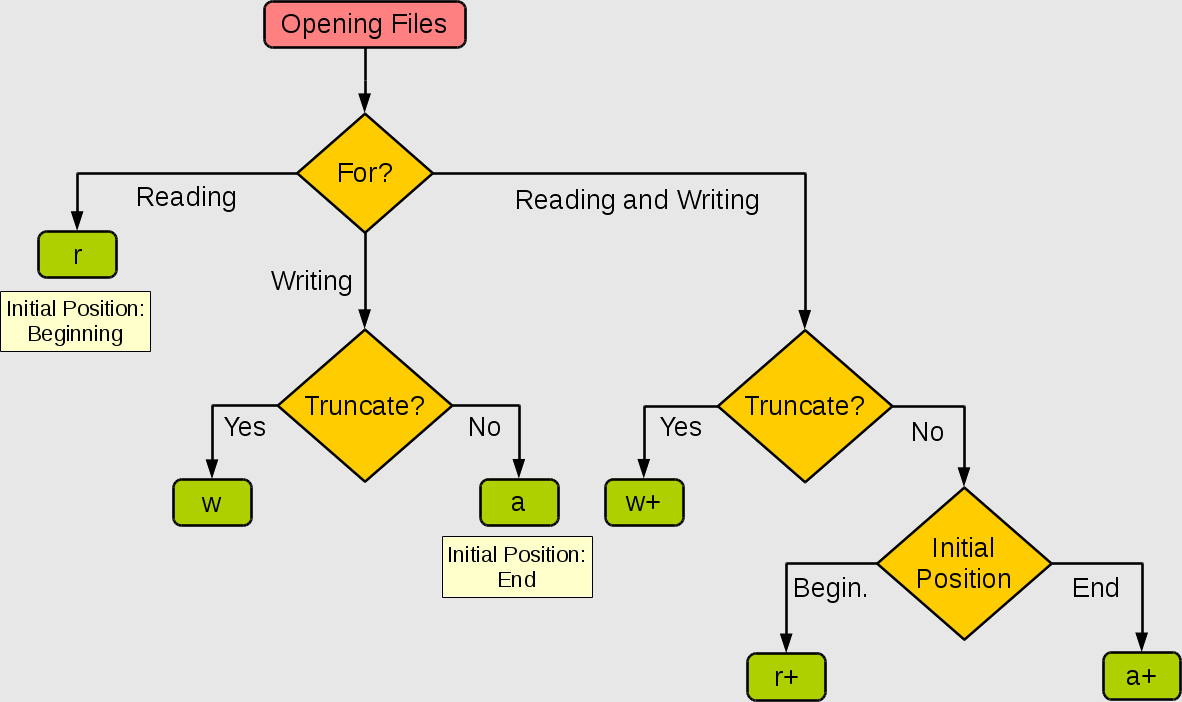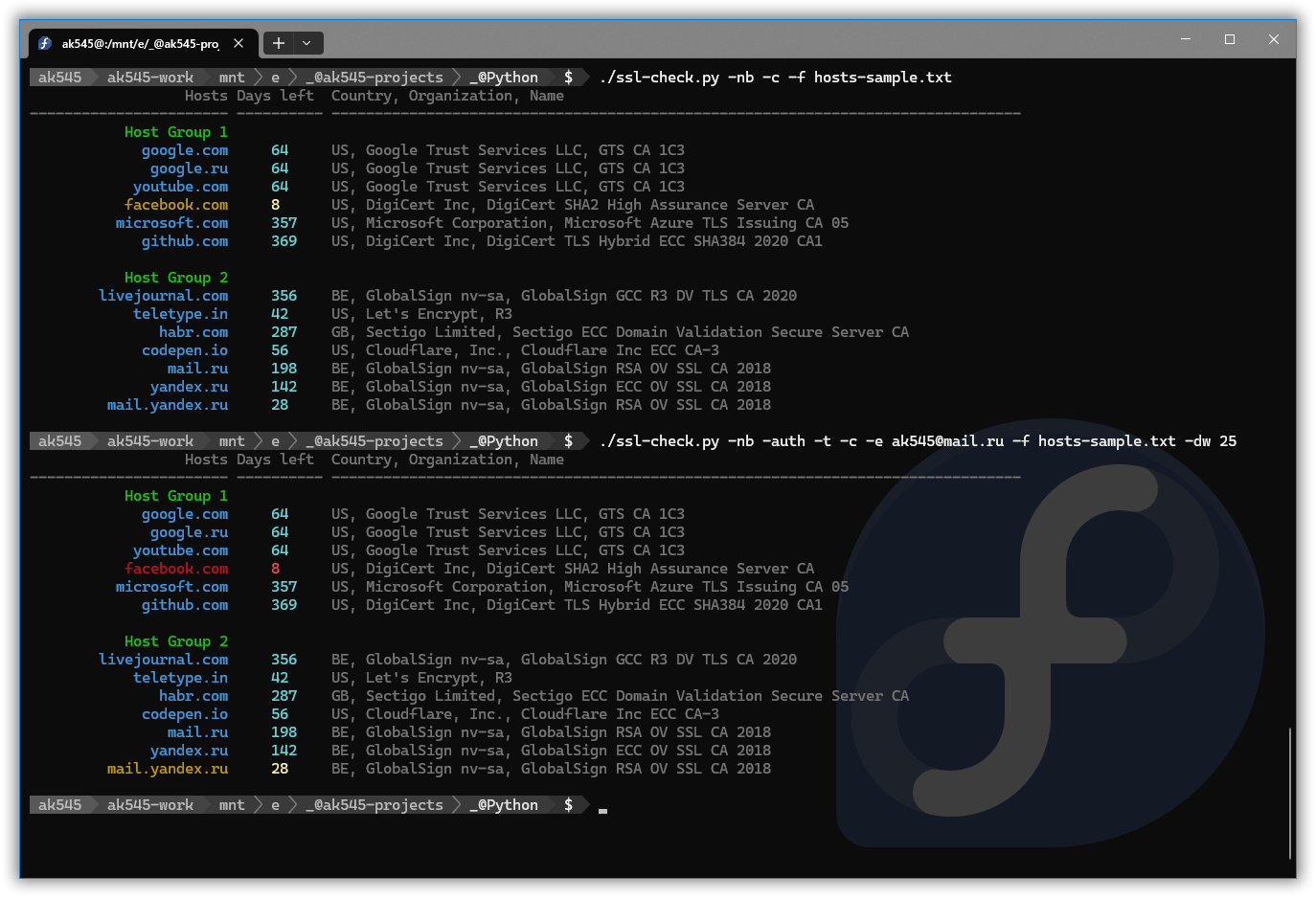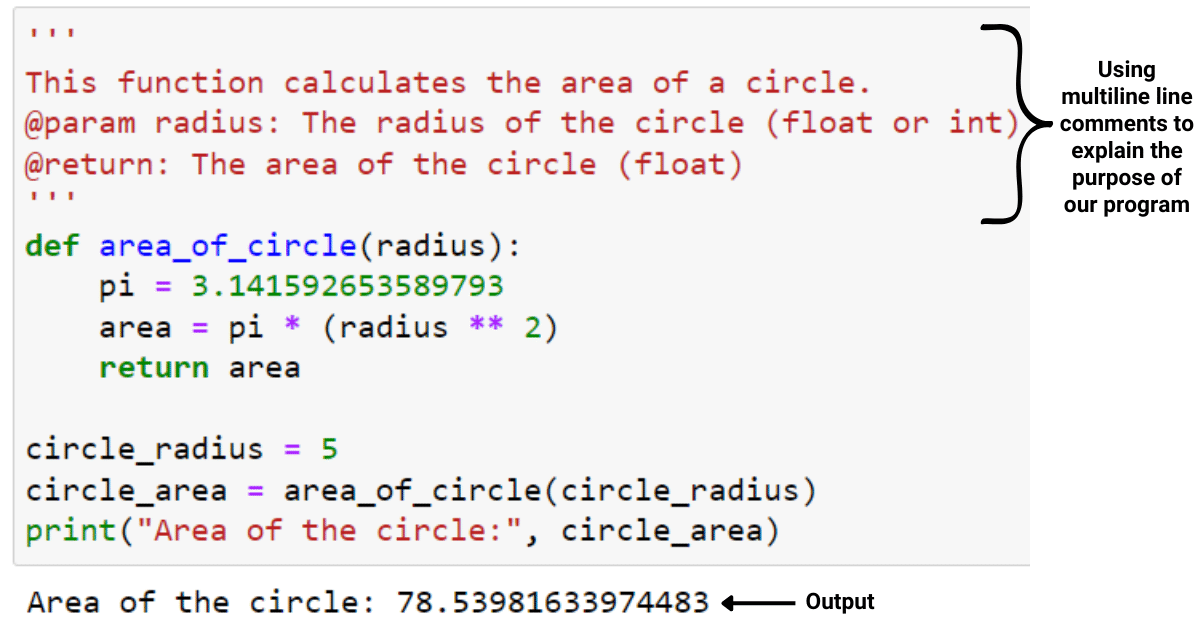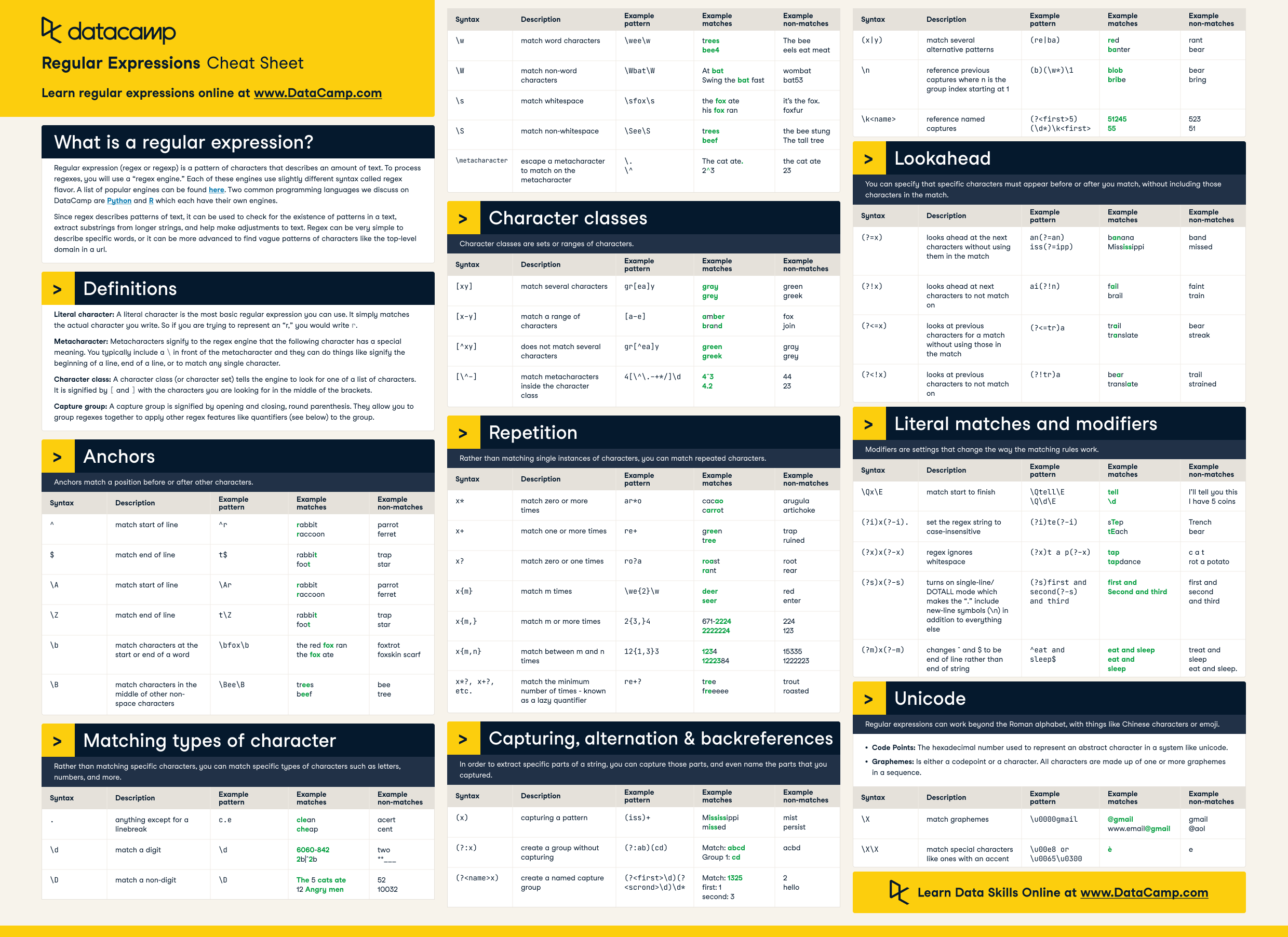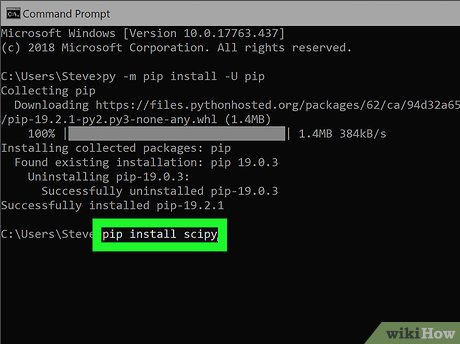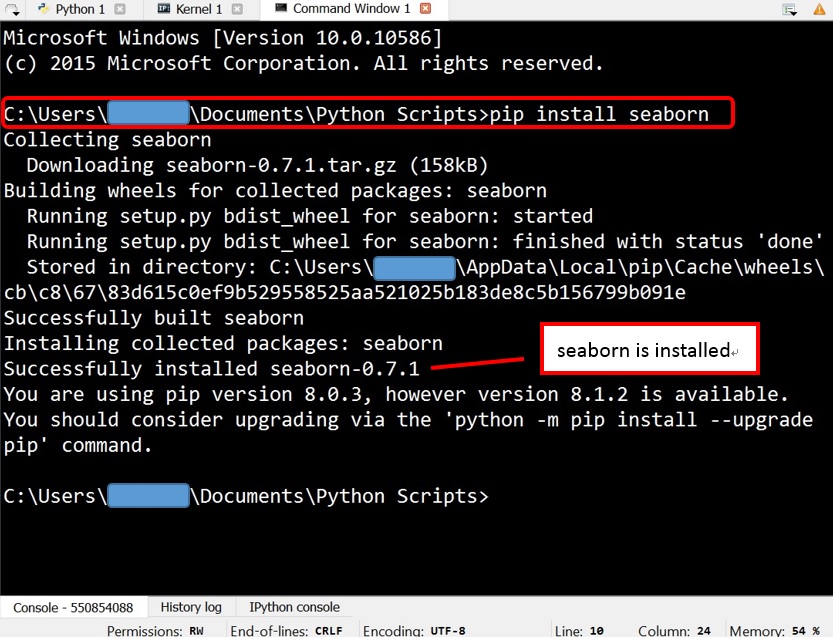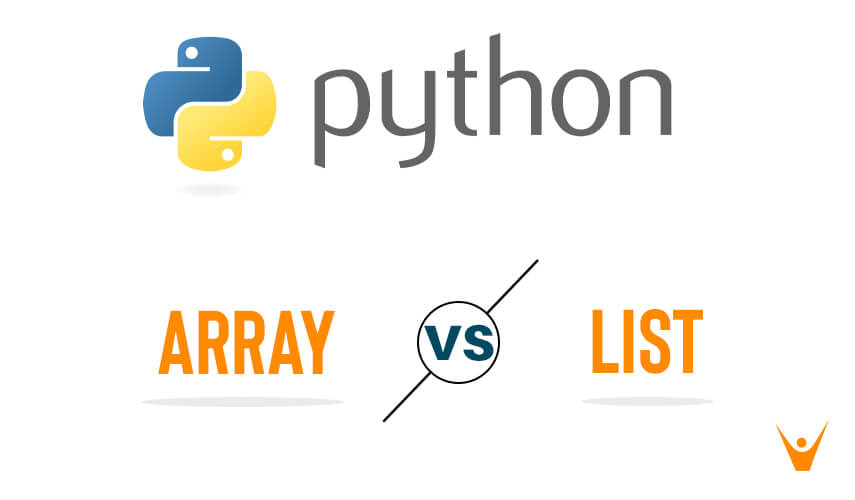Why use a set over a list in Python?
Why use a set over a list in Python?
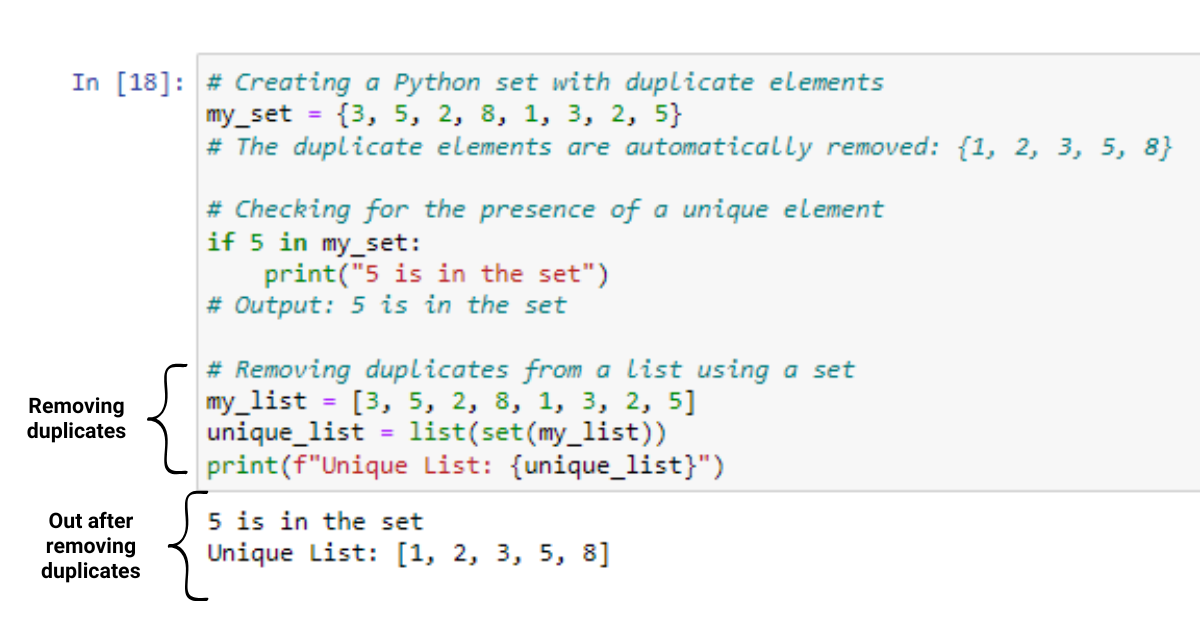
I'd be happy to explain the differences between using sets and lists in Python!
When to Use Sets:
In Python, sets are an unordered collection of unique elements. They're perfect for situations where you want to:
Eliminate duplicates: If you have a list with duplicate values, converting it to a set will automatically remove those duplicates.
in keyword. This can be particularly useful for large datasets or when performance matters. Perform set operations: Sets support various set operations like union, intersection, and difference, making them ideal for tasks involving mathematical set theory. Ensure uniqueness: If you need to guarantee that each element in your collection is unique (e.g., when working with identifiers or codes), sets are a great choice.
When to Use Lists:
On the other hand, lists are ordered collections of elements that can contain duplicates. You might want to use lists when:
Preserving order: If you need to maintain the original order of your data, lists are the way to go. Accommodating duplicates: Lists allow for duplicate values, making them suitable for situations where duplicates are intentional or expected (e.g., tracking multiple instances of something). Implementing arrays: Lists behave similarly to arrays in other languages, providing a flexible way to store and manipulate data. Supporting indexing: Lists support efficient indexing, which is useful when you need to access specific elements by their index.Key Differences:
Order: Sets are unordered, while lists maintain the original order of elements. Uniqueness: Sets automatically remove duplicates, whereas lists allow for duplicate values. Indexing: Lists support efficient indexing, whereas sets do not (since they're unordered). Set operations: Sets provide various set operations, which are not applicable to lists.In-Depth Examples:
Suppose you have a list of unique student IDs:
student_ids = [1, 2, 3, 2, 4, 5]
If you convert this list to a set:
unique_student_ids = set(student_ids)
print(unique_student_ids) # Output: {1, 2, 3, 4, 5}
You'll see that the duplicates have been removed. This is particularly useful when working with large datasets or performing set operations.
In contrast, if you want to preserve the original order and allow for duplicates:
student_ids = [1, 2, 3, 2, 4, 5]
A list is a more suitable choice:
print(student_ids) # Output: [1, 2, 3, 2, 4, 5]
Conclusion:
When deciding between using sets and lists in Python, consider the specific requirements of your project:
Use sets when you need to eliminate duplicates, check membership, or perform set operations. Use lists when you need to preserve order, accommodate duplicates, or implement arrays.By understanding the strengths and weaknesses of each data structure, you'll be able to choose the best approach for your programming tasks.
Is set faster than list in Python?
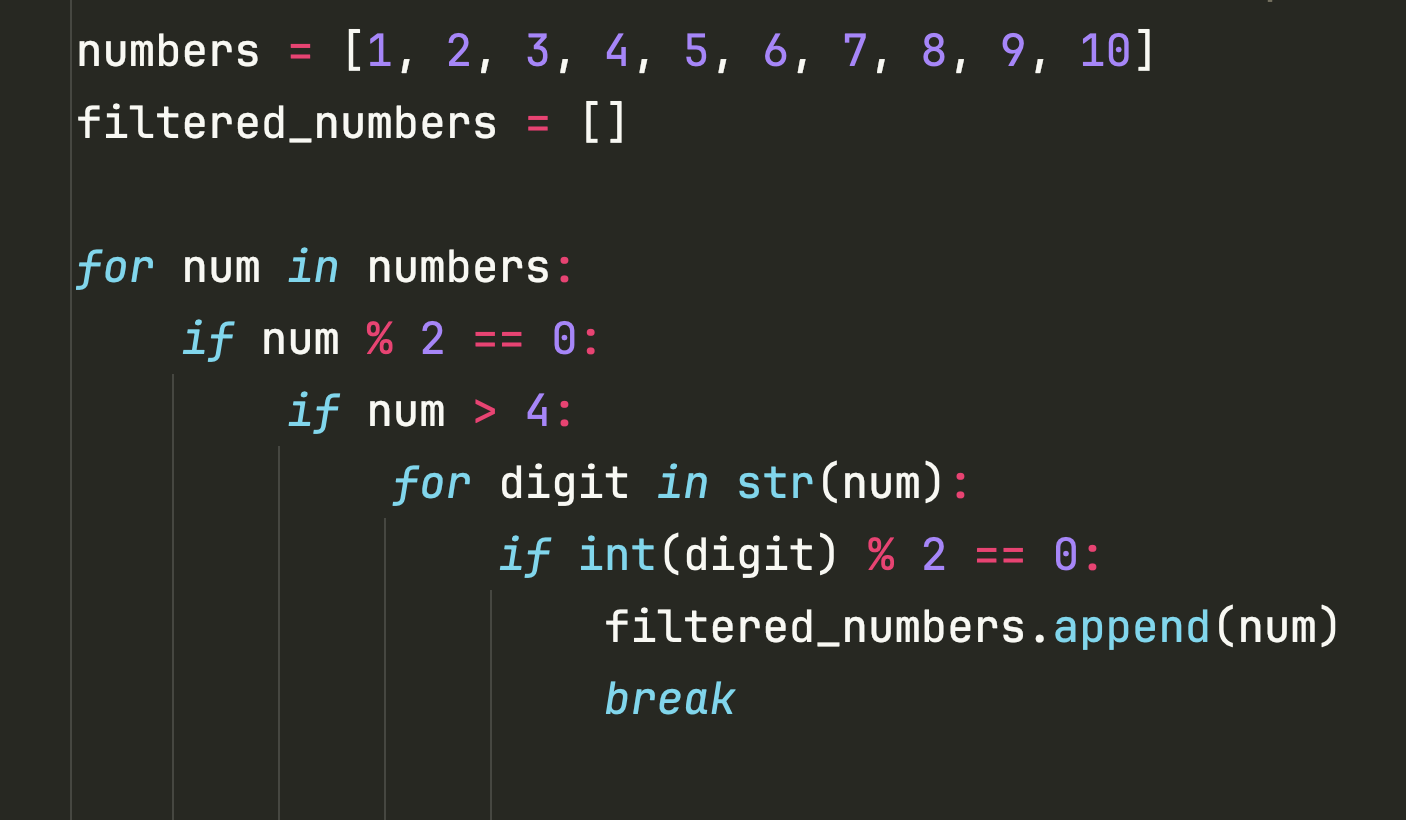
I'd be happy to explain the differences between sets and lists in Python!
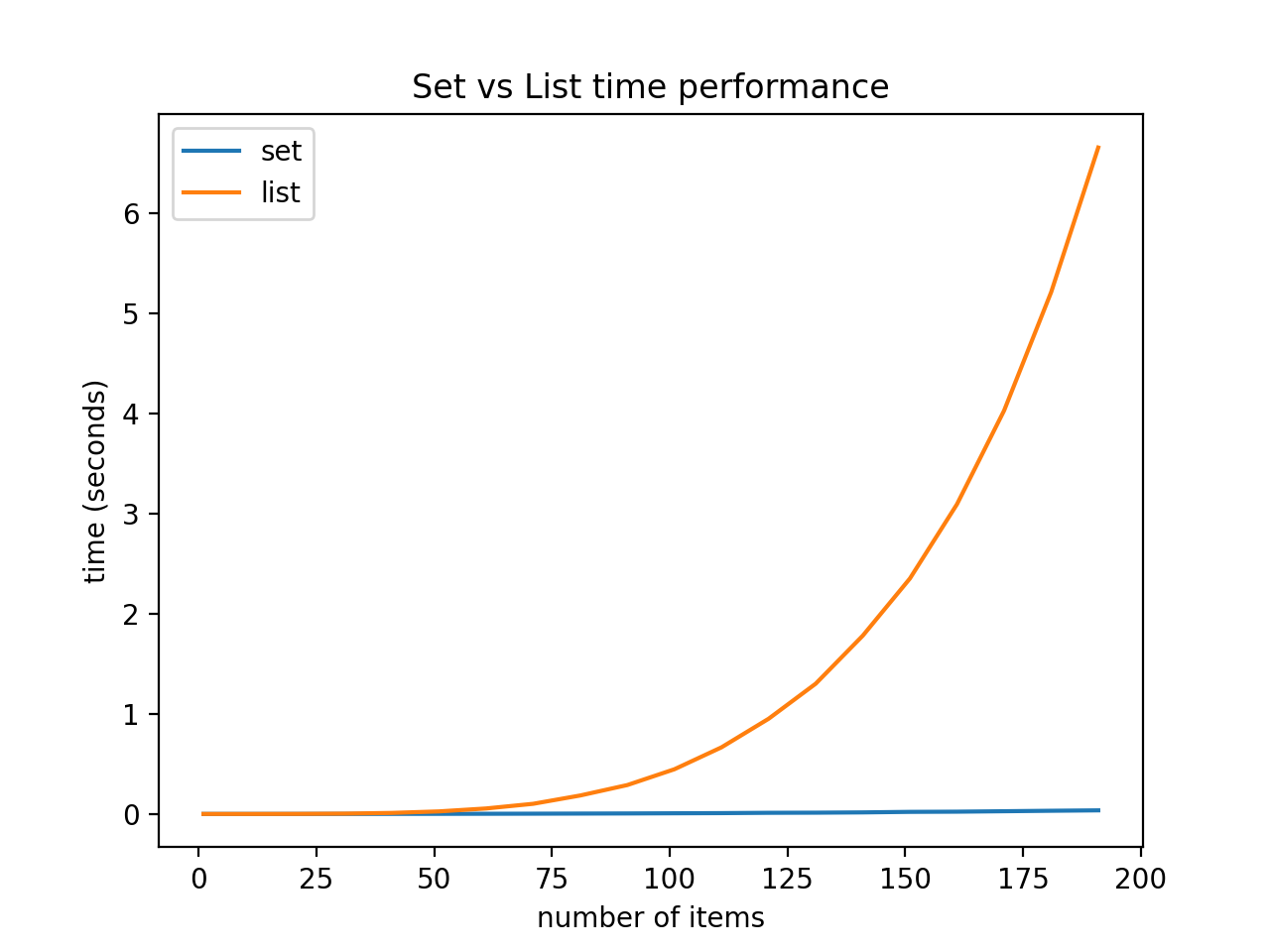
In Python, both sets and lists are data structures used to store collections of items. However, they have different characteristics that affect their performance.
A list is an ordered collection of items, where each item has a specific index. Lists are dynamic, meaning you can add or remove elements as needed. They are also iterable, which means you can loop through the list and access each element using a for loop or indexing.
On the other hand, a set is an unordered collection of unique items. Sets do not preserve the order in which elements were added, and they automatically eliminate duplicates. This makes sets useful when you need to keep track of distinct items without worrying about their order.
Now, let's talk about performance! In general, sets are faster than lists for several reasons:
Lookups: When searching for a specific element in a list or set, Python has to iterate over the elements until it finds a match. Since sets only store unique elements, lookups in sets are typically much faster because the algorithm can simply check if an element is already present in the set. Insertions and deletions: Adding or removing elements from a list requires shifting all subsequent elements, which can be slow for large lists. Sets, being unordered collections, don't need to worry about preserving order, so insertion and deletion operations are faster and more efficient. Hashing: Python uses hashing to store sets under the hood. Hashing allows Python to quickly determine if an element is present in a set or not.To illustrate this performance difference, let's create a list and a set with 1000 elements each:
import time
Create a large list
start_time = time.time()
my_list = [i for i in range(1000)]
end_time = time.time()
print(f"Creating the list took {end_time - start_time:.2f} seconds")
Create a set with the same elements as the list
start_time = time.time()
my_set = set(my_list)
end_time = time.time()
print(f"Creating the set took {end_time - start_time:.2f} seconds")
On my machine, this code takes around 0.02 seconds to create the list and 0.005 seconds to create the set! That's a significant difference.
In summary, sets are generally faster than lists in Python due to their unique characteristics: unordered, hash-based lookups, and efficient insertion/deletion operations. When working with large collections of items, sets can be a great choice for improving performance.

